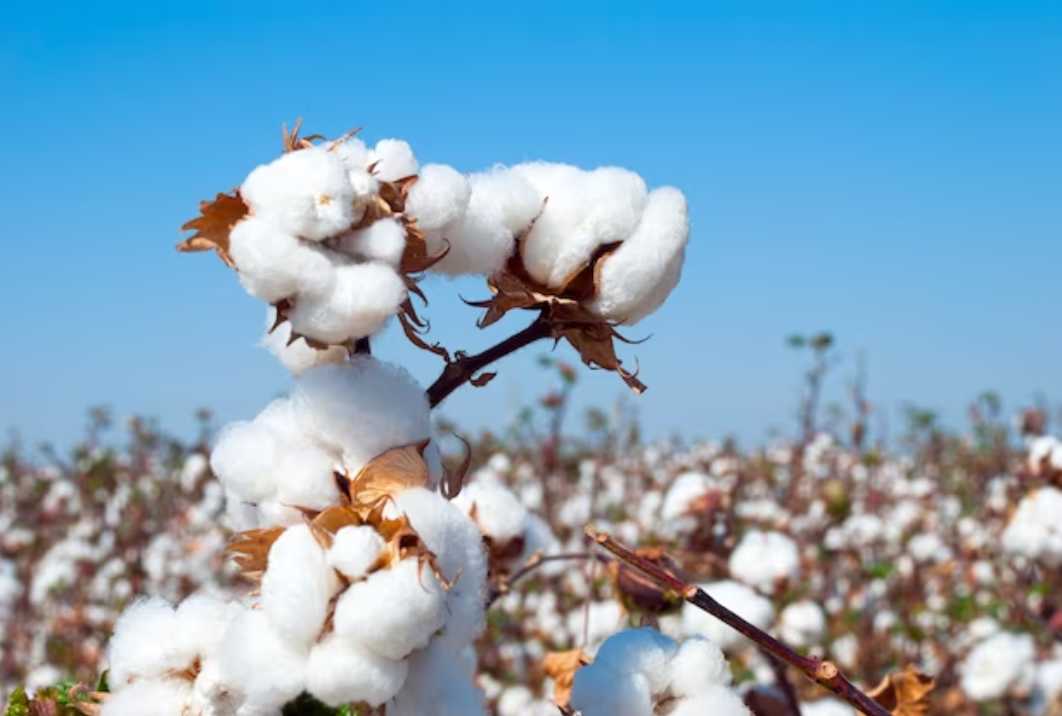Cotton farming provides income for 250 million families and is one of the world’s most profitable non-food crops. However, current production practices are unsustainable, and bringing cotton into compliance with environmental standards is a significant challenge.
Advances in robotics, artificial intelligence, and machine learning are key to improving sustainable cotton harvesting. Learn more about how these technologies can be used to improve crop productivity and resiliency.
Soil Health
In addition to the high cost of land and equipment, cotton production requires significant use of pesticides and fertilizers that can degrade soil quality and lead to water pollution. This threatens the health of biodiversity in and around cotton fields and the safety of those who work there. Fortunately, many farmers are turning to sustainable agriculture practices that can increase yields and reduce the need for pesticides.
For example, farmers that adopt no-till techniques save on fuel costs by cutting down on the number of passes over their fields, and they reduce fertilizer use by planting nutrient-rich cover crops that also suppress weeds. Additionally, these soil health practices help improve the permeability of the field and decrease erosion.
The Africa Cotton Program provides farmers with training in the management of these regenerative practices. Currently, 74% of the farmers in the program are women, some of whom are primary providers for their families. Through soil biodiversity and water conservation training, they have the tools to grow more crops that will sustain their communities and create additional income streams.
A key aspect of this training is the cultivation of crops that are climate- and pest-resistant. This helps ensure they have a secure revenue stream year-round, even during the dry season. By introducing these new crops, they also learn how to manage other parts of their farm more sustainably.
Once the crop is ready to harvest, the farmer sends it to a cotton gin for processing. The seeds, or cottonseed, are separated from the fiber, or lint, and sent for animal feed or to be pressed into 480-pound bales that are used to make our soft sheets, towels, clothes, and more!
As the cotton industry grows, it is essential to protect the environment by practicing sustainable agriculture. This will ensure that the world can continue to enjoy this beautiful and useful product without compromising its future. To do so, we must take a holistic approach to farming and work together to conserve our natural resources. By implementing sustainable agriculture, we can produce more cotton with fewer harmful effects on our environment and people.
Water Conservation
Cotton, the fabric of our lives, requires plenty of water to grow. The crop is considered to be one of the most water-intensive crops on the planet, especially when it comes to irrigation. However, the industry has made progress in reducing its environmental, social, and economic impacts. For example, cotton farmers have improved their water efficiency by 75 percent in the United States in 20 years, according to Cotton Inc.
Nonetheless, a lot of work still needs to be done. Water conservation is an essential part of sustaining sustainable agriculture practices. A major concern is the depletion of groundwater. In the Texas Panhandle, for example, excessive pumping of the Ogallala Aquifer has resulted in a decline in the water supply and limited recharge capacity.
In order to save water and increase cotton yields, farmers need to find solutions that reduce the amount of fertilizer and pesticide they use while reducing field runoff. In addition, a better understanding of the relationship between crop production and soil moisture is needed to develop cultivation practices that can prevent water deficits.
To help with these issues, researchers at the USDA-ARS Research Station in Stoneville, Mississippi, conducted an experiment to evaluate the effects of different water management strategies on cotton crops and soil health. They found that lowering the amount of water used to irrigate cotton significantly reduced soil pollutants, surface runoff, and water yields compared to standard tillage practices. In addition, it increased crop yields and decreased water deficits in irrigated and dryland cotton fields under several hydroclimatic regimes.
The researchers also studied the effect of different irrigation application depths on cotton and soil quality. They found that a shallow irrigation application had positive effects on both cotton and soil quality, while a deep irrigation caused negative effects. In addition, the shallow irrigation method was more efficient in terms of water use than the deep irrigation practice.
Another way cotton harvesting can play a role in sustainable agriculture is by using chemicals called harvest aids to help the crop mature before bad weather threatens it. These chemicals can stimulate the plants to shed leaves, eliminating the main source of stains and trash in harvested fibers. They can also dry out the cotton, so separating the bolls from the plant is easier during mechanical harvesting.
Pollution Prevention
Cotton farmers have a lot to balance during the harvesting season. They must ensure the crop matures enough for harvesting without exposure to weather threats that could degrade fiber quality or reduce yields. Harvesting too soon could disrupt boll maturation and negatively affect fiber quality, but waiting too long can lead to reduced yields (CRI, 2013).
As the seasons change, farmers must decide what type of fertilizer, pesticides, or herbicides to use in their fields. Sustainable agriculture practices include using less-toxic chemicals and using alternative forms of pest control to minimize environmental and health risks for workers and residents living near crop fields.
These alternatives include planting cover crops, such as wheat or barley, to help prevent soil erosion and improve soil health, reducing tillage to keep field residue in place for soil microbes, and intercropping cotton with other plants like soybeans and corn. The latter technique, called “crop rotation,” is a great way to improve soil health by boosting nutrients in the ground and combating weeds and pests that can destroy crops.
Once a cotton plant is ready to be harvested, a machine known as a cotton picker or cotton stripper removes the seed cotton from its stalk, leaving the boll and its closed, dried burrs behind. The harvested cotton is then dumped into a module builder that packs it into eight to twelve bale modules. These modules are then sent to a gin, where the seeds and fibers are separated. The cottonseed is used for animal feed, and the cotton fiber is pressed into 480-pound bales before being shipped to the textile mill that makes our bed sheets and soft towels.
Whether they are growing crops for food, fiber, or fuel, all farmers want to do their part to conserve the planet’s natural resources and prevent the depletion of our world’s supply of water and land. Thankfully, sustainable agricultural practices are becoming more common, and many brands and consumers are supporting the efforts of cotton cultivators around the world to take care of their land, water, air, and the people who depend on them for their livelihoods.
Biodiversity
Biodiversity refers to the range of different types of organisms and ecosystems that exist on Earth. It also includes the variety of ecological communities that these species form. This concept is important because it is considered a basic prerequisite for sustainability. Human activity is causing biodiversity to decline at an alarming rate, which is not only bad for the planet but also for people.
The loss of biodiversity is largely due to non-natural environmental changes, such as habitat destruction and degradation, overexploitation, and pollution. Some of these non-natural environmental changes have direct effects on biodiversity, while others have more indirect, but still significant, impacts.
Among these indirect impacts is the soil degraded quality caused by conventional cotton cultivation practices. In order to combat this issue, WWF works with farmers, government agencies, and buyers at key stages in the cotton market chain to promote more sustainable farming practices.
For example, conventional cotton production is extremely water-intensive and results in high rates of pollution. According to research by the Water Footprint Network, producing one kilogram of cotton requires an average of 22,500 liters of water. This water is usually polluted with pesticides and fertilizers, contaminating rivers, lakes, wetlands, and underground aquifers.
By contrast, regenerative cotton farmers use water conservation and soil health best practices such as reduced tillage and intercropping. These techniques allow the soil to retain nutrients and moisture, reducing energy consumption and CO2 emissions and improving yields.
Cotton farmers also use plant training, a technique that involves the removal of vegetative branches, to maximize yields and fiber quality. These techniques minimize nutrient consumption by excess vegetative growth, which can lead to field shading, boll abscission, and boll rot. In addition, cotton growers use harvest aids to stimulate plants to shed leaves and reduce the amount of trash incorporated into harvested fibers.
In short, regenerative cotton producers utilize various farming methods that protect the environment, enhance crop production, and support fashion brands’ sustainability initiatives by providing them with a high-quality, organically grown alternative to conventionally produced cotton. These regenerative farmers are revitalizing the soil, sustaining its natural resources, and empowering women by creating job opportunities for themselves and their families.




